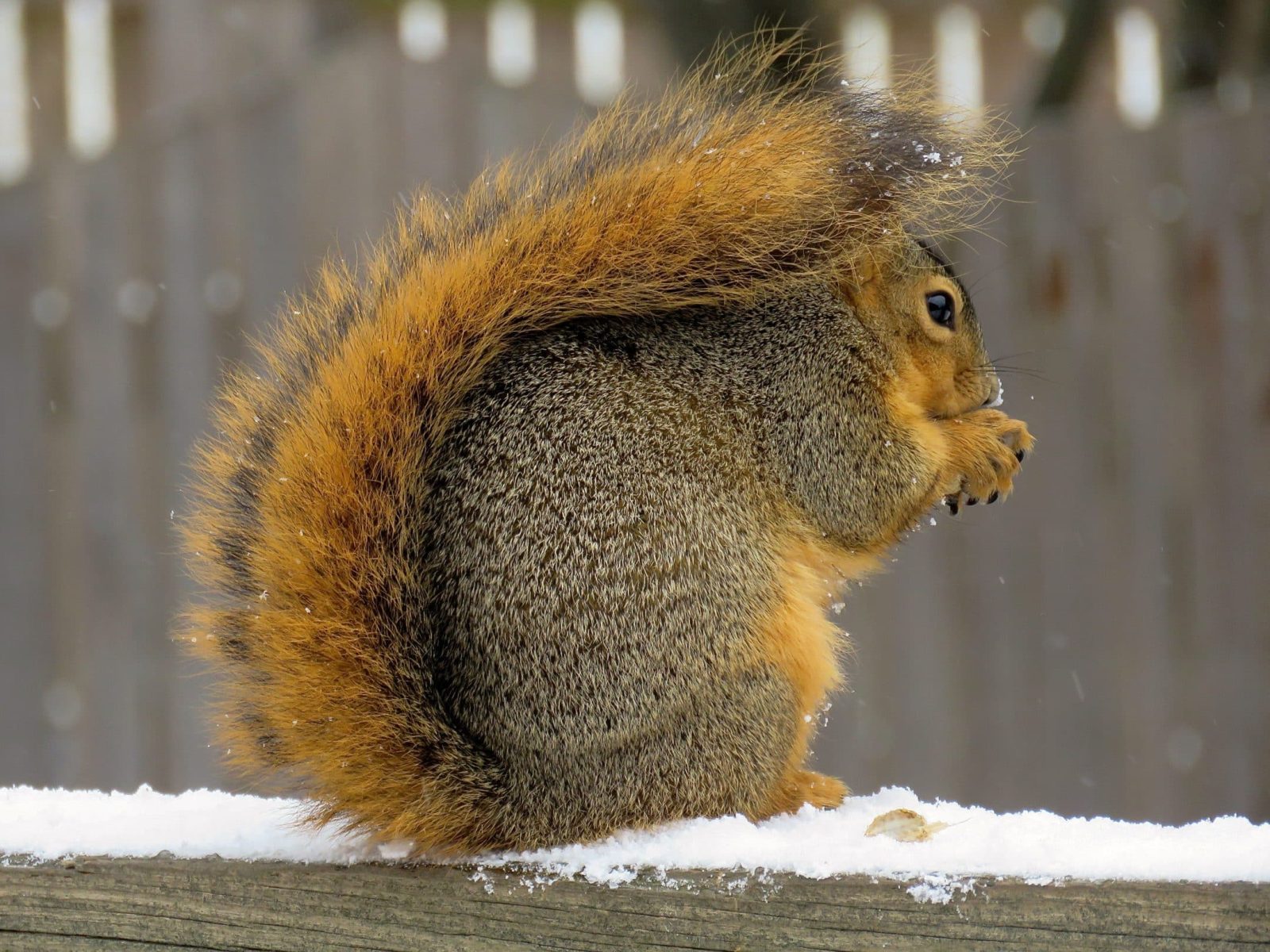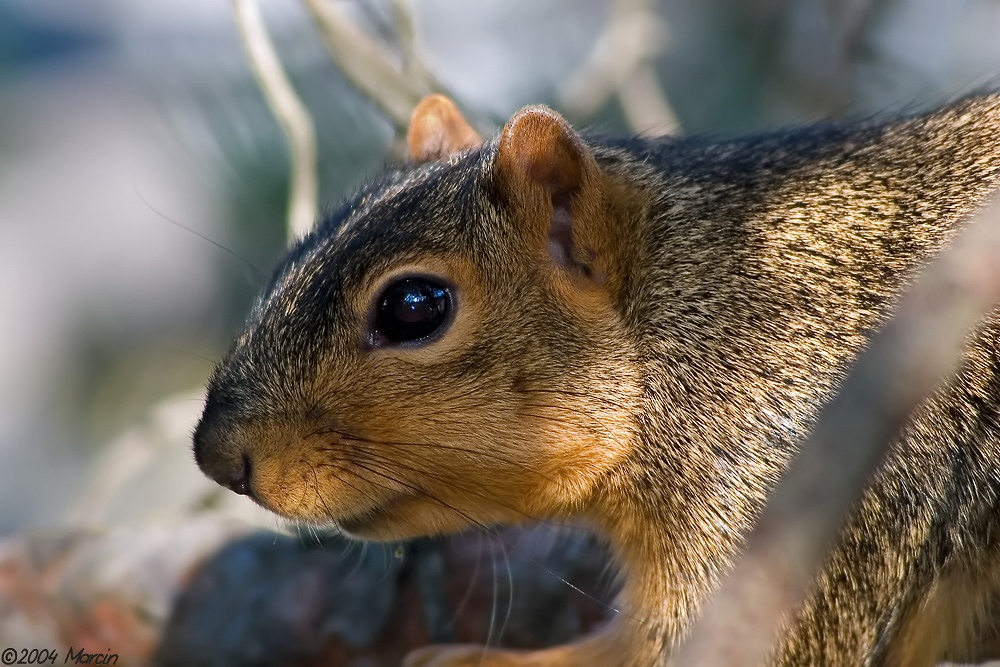
We investigated the phylogeography of the species using two partial mitochondrial (D-loop, Cyt b) and two nuclear (Rag1, Cmyc) markers with extensive sampling throughout the range of the species in the Irano-Anatolian region. The Persian squirrel (Sciurus anomalus) is a keystone species in the Middle East's woodlands and oak forests. Signs of population expansion indicate that subsequent postglacial expansion and diversification then shaped the current distribution pattern of the Persian squirrel. Estimated divergence times of less than 1 Mya between the lineages, and among the groups within lineages, suggest that Pleistocene climatic fluctuations may have led to the isolation of the species in refugial areas during ice ages. Analysis indicated that the ancestral population of the species first evolved in western Anatolia and the Greek islands. No shared haplotypes and no evidence of gene flow (based on FST statistics) were observed among the groups. The Anatolian and Levantine populations are found entirely in humid coastal regions, whereas the Zagros populations are associated with continental climatic conditions. anomalus in the study area, including one lineage (comprising three groups) in Anatolia and another lineage (comprising two groups) in the Levant region and Zagros forests. Phylogenetic analyses using Bayesian and maximum likelihood methods and haplotype networks demonstrated two well-supported lineages of S. The Persian squirrel (Sciurus anomalus) is a keystone species in the Middle East’s woodlands and oak forests. Convergent melanism in these two species of tree squirrels has evolved by at least two and probably three different evolutionary routes. The presence of the MC1R∆24 allele and melanism in gray squirrels is likely due to introgression from fox squirrels, although we cannot completely rule out alternative hypotheses including introgression from gray squirrels to fox squirrels, or an ancestral polymorphism. Modelling supports the possibility of gene flow between the two species. Evolutionary analyses show that the MC1R∆24 haplotype is more closely related to other MC1R haplotypes in the fox squirrel than in the gray squirrel.

The MC1R∆24 allele is also associated with melanism in gray squirrels, and, remarkably, all the MC1R∆24 haplotypes are identical in the two species. In a western population, melanism is associated with a 24 bp deletion in the melanocortin-1-receptor gene (MC1RΔ24 allele), whereas in a south-eastern population, melanism is associated with a point substitution in the agouti signalling protein gene causing a Gly121Cys mutation. We show that convergent evolution of melanism has arisen by independent genetic mechanisms in two populations of the fox squirrel.

carolinensis hereafter "gray squirrels"). Here we investigate the repeated evolution of dark colouration (melanism) in eastern fox squirrels (Sciurus niger hereafter "fox squirrels") and eastern gray squirrels (S. While our understanding of the genetic basis of convergent evolution has improved there are still many uncertainties.


 0 kommentar(er)
0 kommentar(er)
